What is a structural shift?
Like links in a chain, our spine is composed of individual bones (vertebrae) all interconnected by disc and ligaments. The vertebrae act as the foundation of our body, providing protection to our spinal cord while at the same time allowing movement and flexibility of our neck and back. Just as there is a normal range for blood pressure and heart rate, there is a normal range for how the human spine should be aligned. Unfortunately, due to traumas such as car accidents, and repetitive stress injuries, like sitting in front of a computer for eight hours a day, sections of the spine can shift outside of the normal range. This is termed a Structural Shift. Structural shifts can happen in a traumatic event such as a car crash, or they can develop gradually over time. Structural Shifts of the spine cause an increase in stress and strain to muscles, ligaments, discs, and nerves, eventually leading to Secondary Conditions or symptoms.
What most call symptoms, structural chiropractors call Secondary Conditions. As the term implies, a secondary condition (symptom) is secondary to a Primary Condition, or a Cause.
In our office, the primary condition that we focus on improving are Structural shifts of the spine.
Don't Settle for Quick Fixes
If the foundation of your house shifted a few inches on one side, eventually secondary conditions would begin to show in the form of squeaky floors, cracks in the walls, leaky roof, and so on. You could call a general contractor to put extra nails in the floorboards, patch the drywall, and replace the shingles. This would temporarily stop the secondary conditions. But over time the secondary conditions (symptoms) would gradually return. Why? Because the Primary Condition, the shifted foundation, was never addressed.
Work On Your Foundation
Our bodies work in the same way, and our spine is the foundation of our body. When segments or sections of our spine shift outside of the normal range, there is an increase in stresses and strains put on ligaments, joints, discs, bones, muscles, and nerves. Initially, secondary conditions will begin to show including neck pain, back pain, shoulder pain, headaches, muscle tightness, stiffness, and numbness/tingling, just to name a few. Long-standing structural shifts of the spine lead to secondary conditions such as disc degeneration and arthritis.
Our goal is to correct or reduce the primary cause of secondary conditions related to the spine – A Structural Shift.

